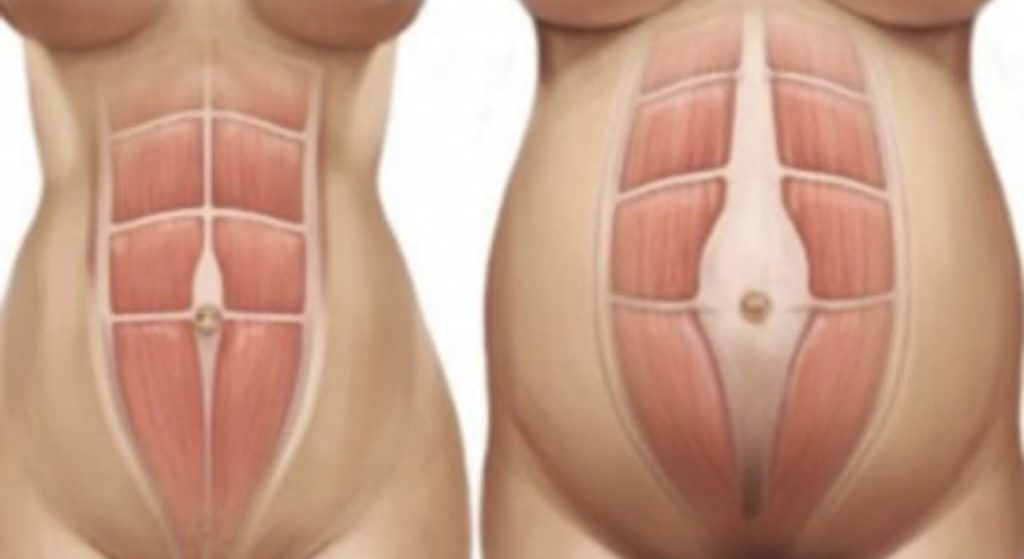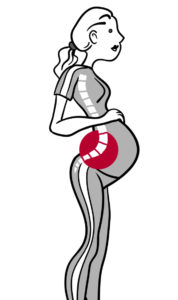Should you plank during prenatal training?


Prenatal training in highly encouraged and includes a wide variety of exercises to improve your mobility and wellbeing. However, there are a lot of mixed opinions on whether or not you should plank. Planking, in the first trimester, builds a strong baseline of core strength before your belly grows. However, there are some things you should consider before you perform planks in later trimesters. Since your belly gets bigger, the linea alba, (tissue running down your core’s midline) begins to stretch. Keeping your core strong can reduce the stretching of this tissue and help prevent extreme cases of diastasis recti. This is the splitting of the abdominal tissue that may be visual postnatal. Planking is a good way to keep your core strong, but here are a few things to confirm first.
Are you coning or doming during your plank?
Creating enough pressure in your core can limit doming or coning during your plank. This is a result of a lack of abdominal pressure, causing the linea alba tissue to stretch. Lack of pressurizing the abs causes a protrusion that looks cone or dome-like. Some women have trouble pressurizing their core tightly enough to prevent this from happening. If there is inconsistent abdominal pressure, you may feel discomfort and stretch the linea alba tissue more than necessary. This is something to consider during all exercises of prenatal training, but especially during planks.
Do you feel comfortable?
Planking in later trimesters of prenatal training, often times comes down to comfort levels. How does it feel? Does the exercise enhance round ligament pain? Round ligament pain is the pulling of ligaments in your lower abdominal area that support the growing belly. If you feel a sharp, stabbing sensation in your lower abdominals while planking, you should immediately stop. Although round ligament pain is normal during pregnancy, if planks cause it, you could need to adjust your form. Round ligaments can also already irritated, so why create more discomfort. In the case, you may modify the plank by dropping down to your knees or elevating your hands on an incline.

Is your form correct?
In the second and third trimesters of prenatal training, you’ll naturally have an increased anterior pelvic tilt. This is when the weight of the belly pulls the top of your pelvis forward, causing the spine to curve excessively. Excessive strain in this position can cause a lot of lower back pain in general, but is exacerbated when form is incorrect. Planking can actually build strength in the lower abdominals to support your spine, but only if your lower back is not hyperextended. Planks should be performed with your hips tucked under so that the top of your pelvis pulls up towards your ribs. This will give your back a very flat surface, where there is no drooping in the lower back.
Prenatal training is not a one size fits all program.
Overall, planks can be a very useful exercise during prenatal training. It’s important to you listen to your body and prioritized your form. If it’s too hard, you should modify on an incline or on your knees. If you need help with your form it’s not a bad idea to consult with a prenatal fitness trainer either in-person or virtually.


